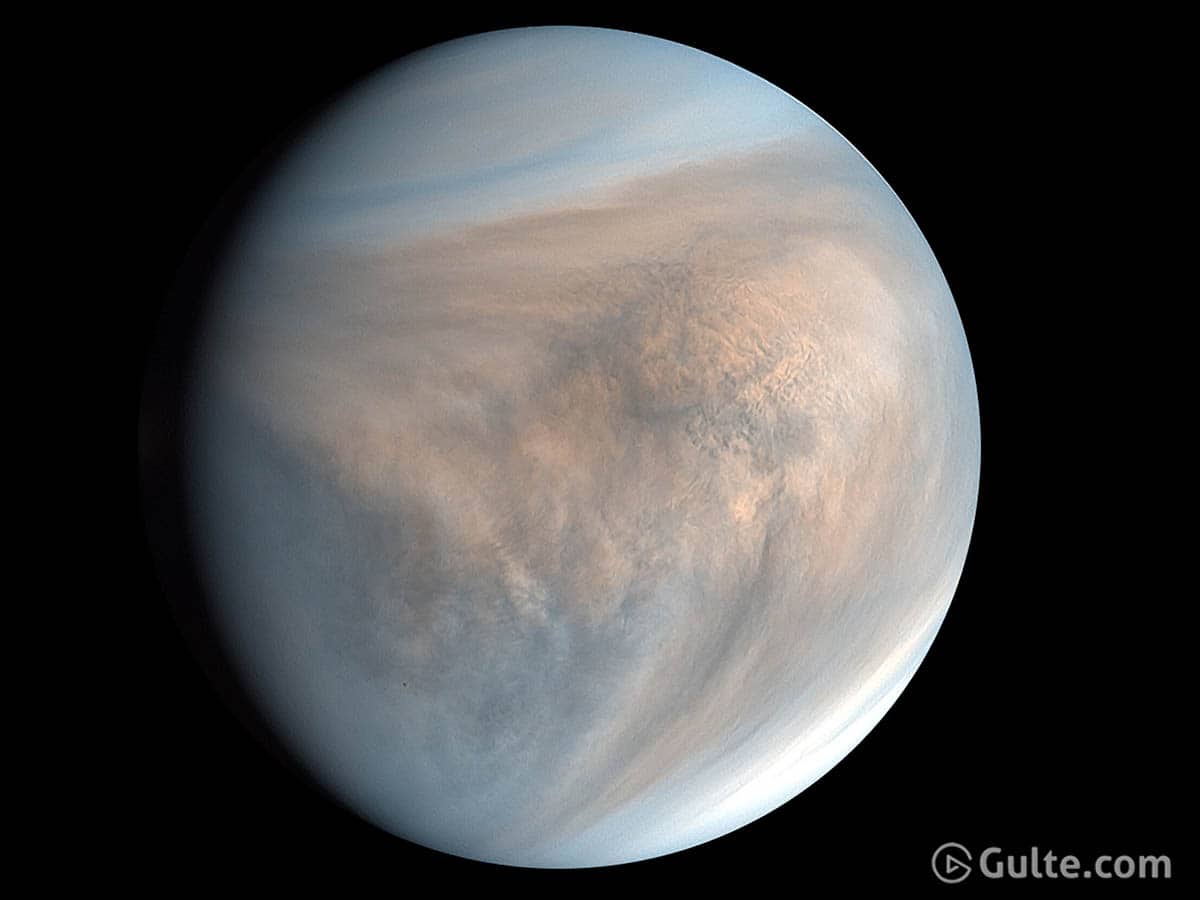Astronomers’ quest for life on other planets is continuing and in the process, they have found a potential sign of life high in the atmosphere of neighbouring Venus. They reportedly found hints that there may be bizarre microbes living in the sulfuric acid-laden clouds of the hothouse planet.
Two telescopes placed in Hawaii and Chile, spotted chemical signature of phosphine, a noxious gas that on Earth is only associated with life, in the Venutian clouds, according to a study in published in a journal, Nature Astronomy.
The presence of phosphine, which is three hydrogen atoms and a phosphorous atom, several experts and the authors of the study, agreed is tantalising but said it is far from the first proof of life on another planet.
On earth, phosphine is usually found in penguins’ stomachs and even in microbes that live in marshy lands. It can also be manufactured in industries, just as they did it for the World War I, when it was used as chemical warfare agent.
On Venus, neither are there any penguins nor any industries to produce phosphine. Then, what could be the possible source of phosphine. This question has been increasing interest in exploring the topography of Venus.
In their continued efforts to search for life on planets outside our solar system, astronomers look for chemical signatures that can only be made by biological processes, called biosignatures.
Study co-author Sara Seager, an MIT planetary scientist, said researchers exhaustively went through every possibility and ruled all of them out. “Volcanoes, lightning strikes, small meteorites falling into the atmosphere, none of them could produce phosphine in high enough quantities to explain our team’s findings.”
The astronomers are wondering how life could exist on the inhospitable planet where temperatures on the surface are around 800 degrees (425 degrees Celsius) with no water.
This apart, the sulfuric acid, would make life impossible because it is much more acidic in nature than on the earth. May be, then the microbes cover themselves in shells more tough than Teflon. In such case, how can exchange of gases take place, necessary for breathing. There are many questions that still need to be answered.
One other astronomer, Seager, said all the action may be 30 miles (50 kilometers) above ground in the thick carbon dioxide layer cloud deck, where it’s about room temperature or even more. It contains droplets with tiny amounts of water but mostly sulfuric acid that is a billion times more acidic than what’s found on the Earth.
The phosphine could be coming from some kind of microbes, probably single-cell creatures, inside those sulfuric acid droplets, Seager said. When the droplets fall, the potential life probably dries out and could then get picked up in another drop and reanimate, he said.
Life is definitely a possibility, but more proof is needed, several outside scientists said.
Another astronomer from Cornell University, Lisa Kaltenegger, said the idea of phosphine being the signature of biology at work is exciting but she said we don’t know enough about Venus to say life is the only explanation for the phosphine.
The signs of phosphine are encouraging but they should be followed up, says David Grinspoon, a Washington-based astrobiologist at the Planetary Science Institute.
NASA hasn’t sent anything to Venus since 1989, though Russia, Europe and Japan have dispatched probes. The U.S. space agency is considering two possible Venus missions.
One of them, called DAVINCI+, is scheduled to go into the Venutian atmosphere in 2026.
 Gulte Movie News And Politics
Gulte Movie News And Politics

















